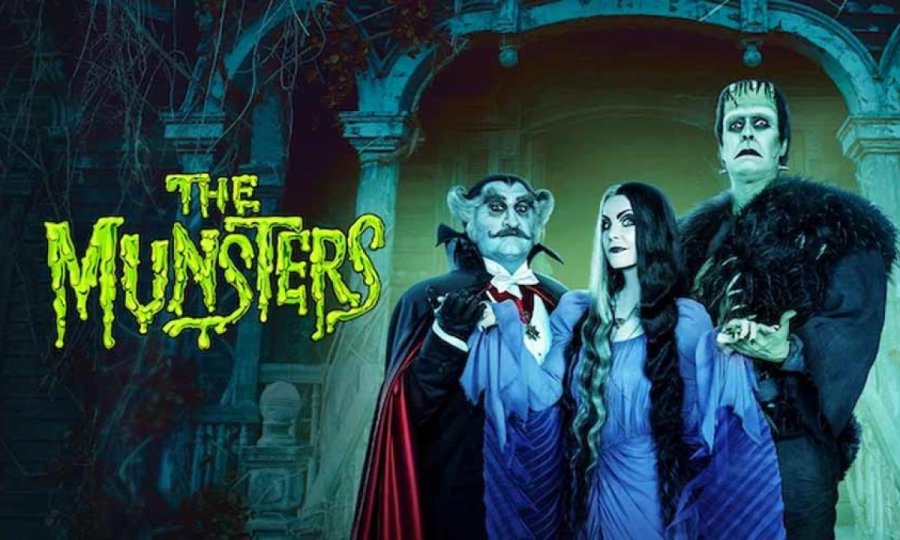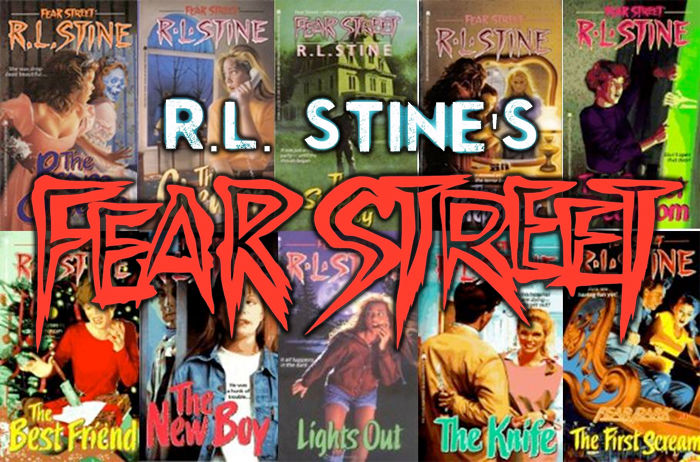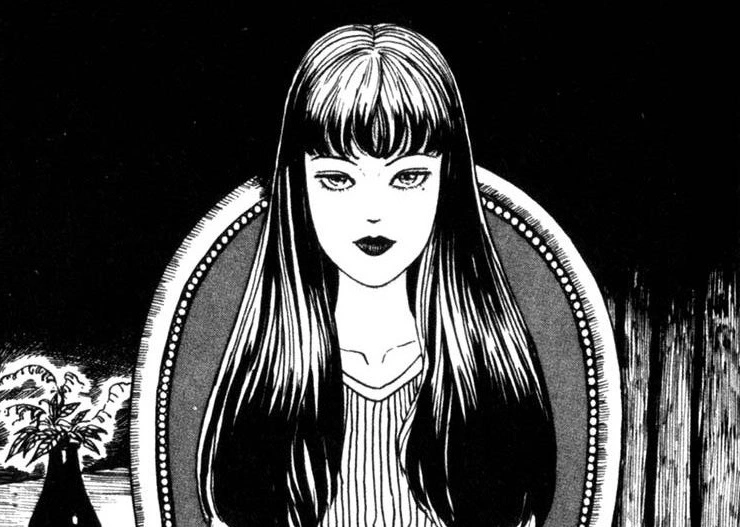
I saw Sacrifice (2021) for one major reason: Barbara Crampton is the queen of Lovecraft movies and can make even an otherwise unwatchable movie enjoyable. Luckily Sacrifice wasn’t unwatchable, though it did have very telling elements of a less polished indie film.
The film follows a couple as they return to the husband’s original home village to sell the house left to him by his mother’s will. There, he and his pregnant wife discover that his supposedly erstwhile father didn’t leave them for another family–he was murdered. This revelation and the strange urging of the villagers begins to slowly drive the husband into clear madness, all while his wife grows more desperate to escape her toxic marriage and the villagers’ strange aquatic-based religious beliefs.
The scenery and many of the shots are great for the scale of the movie this was, and the use of color where applicable was great. Special effects were used sparingly enough to be effective despite the CGI being probably not the best (but no doubt the best for budget).
The real drawbacks of this film were some of the acting and certain weak parts of the script. Barbara Crampton, despite her utterly terrible Norwegian accent, really carried the film, with Sophie Stevens coming in a close second as the wife Emma. I felt she did a great job conveying the terror of being trapped and gaslit throughout the film in a very strong way. Ludovic Hughes, the male lead, unfortunately played the role of the increasingly mad husband with a little too much intensity from the beginning for me to believe this was a sudden change–which could be interesting to explore as a possibility, but the film just…didn’t.
It wasn’t a particularly scary film as far as the Lovecraftian aspects, but I did feel it built good tension psychologically with genuine worry for Emma the wife and the unborn child. This film was an interesting look at gaslighting (possibly unintentionally), both from a patriarchal standard and from the perspective of a closed sectarian religious community.
There is a twist in the end that I won’t spoil, but it absolutely made this movie better for it, which is a rare thing for me to say about twists. Usually I’m one to either enjoy a twist with a grin or roll my eyes from how bad it is, but this one genuinely had me yell happily at the screen. It’s not a happy ending by any means, but it’s a very satisfying one.
Overall, as far as Lovecraftian low budget films go, this one is very enjoyable, if nothing revolutionary. Barbara Crampton is still the queen of Lovecraft movies, and while there are some parts which bring on the cringe, it’s very worth watching for fans of cult, folk, and cosmic horror. This is a fun film for a potential watch-along with friends as well, as it offers plenty of riffing opportunities as well!







